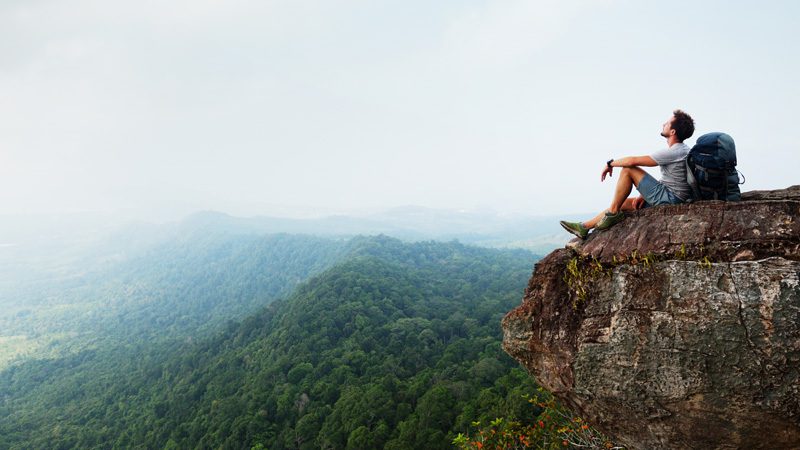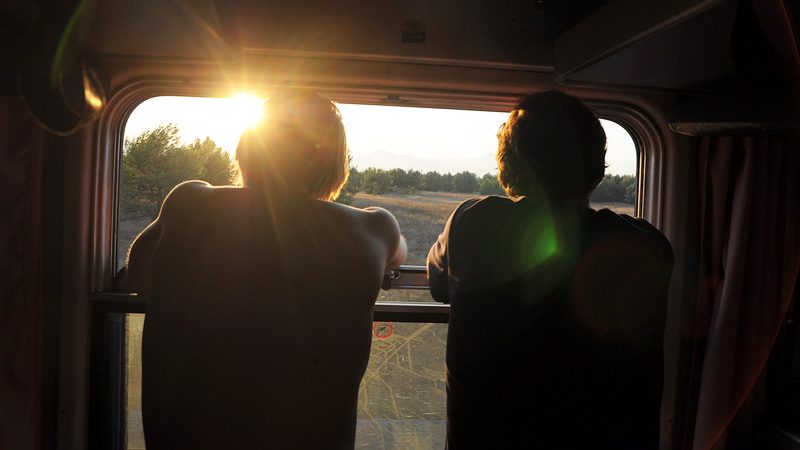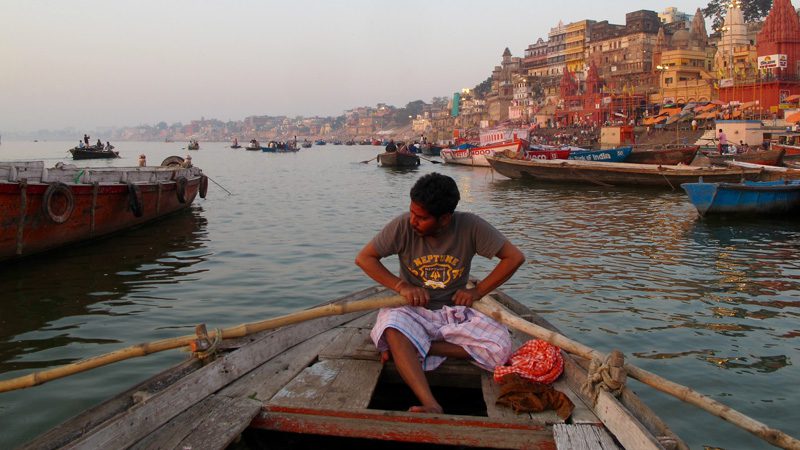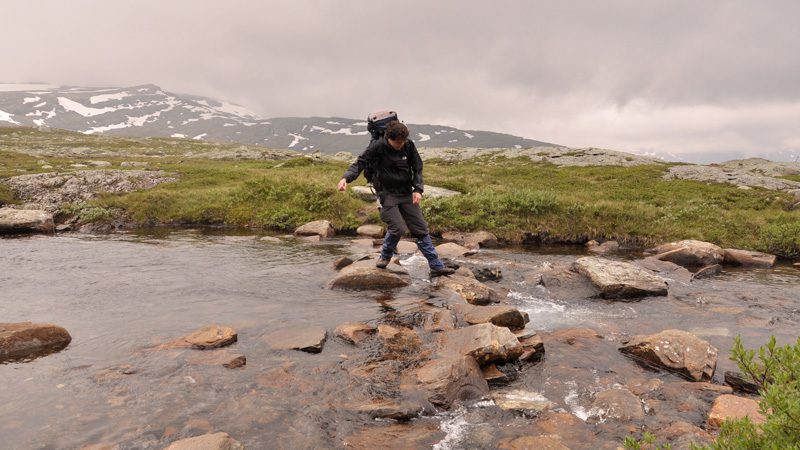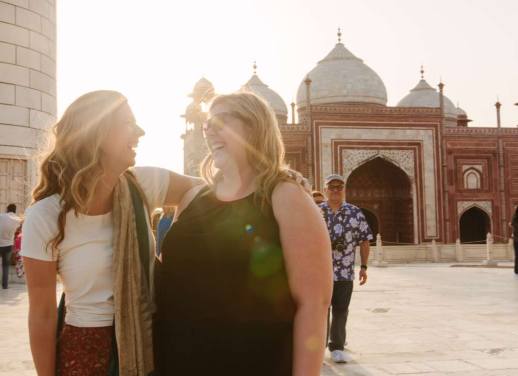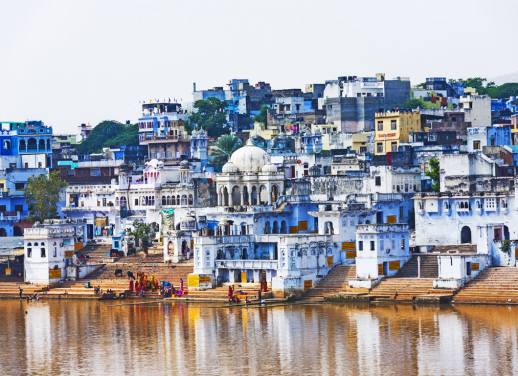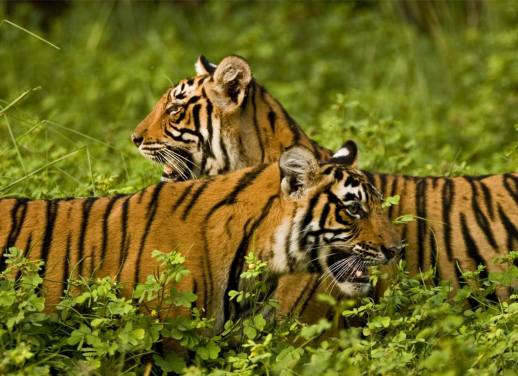Imagine for a moment that it’s 1969: Hendrix is shredding Star Spangled Banner at Woodstock; war rages in Vietnam; a counter-cultural revolution is taking place in the western world, and you’re part of it.
You’ve landed in Istanbul, ogling the incredible spires of the Blue Mosque, dreaming of endless sunsets, dusty roads, temples and ethereal moments of biblical glory. All that is ahead of you. You’re a freak on the road with nothing but a rucksack jammed with jocks, socks and t-shirts. Your heart and soul is juiced to the nines with wanderlust, and nervous adrenaline is coursing through your veins.
Thousands of miles from home, no turning back. No email, no internet, no ungodly selfie sticks, not even a Nokia 5110 – reverse charge landline calls home are the single option, or a handwritten letter via snail mail.
And as far-removed from your life as all that might sound, the conception of modern backpacking can be traced back to these times.
The birth and growth of the Hippie Trail
Fuelled by the spirit of liberation, wanderlust and the anti-conformism of the times, 50 years ago (or thereabouts), our longhaired, deodorant-free hippie forebears kicked off the great tradition of modern backpacking. Their destination? The ‘Hippie Trail’, of course – the birthplace of modern travel magic.
Before ‘Hippie Trail’, this infamous route was known as the Overland, a not-yet-beaten 11,000 km track from Western Europe through to the mystical hinterlands of India and Asia.
The ‘classic’ trail, or most popular, kicked off in Istanbul – most arrived via Western Europe; from there, a route would take you south to Lebanon, though most opted for the full haul through Iran, breaking into the hippy-friendly wonderland of Afghanistan at the other end. While some got lost in Pakistan, the majority ventured on to exotic India, Nepal, Kathmandu, sometimes the transcendent jungles of South East Asia.
Like all good things, this well-kept travel secret began to get out after 1968, as impressionable youth began to follow The Beatles to India after the band’s mystical years in Rishikesh with the Maharishi.
Simultaneously, many in Australia were following the trek up from the southern end, passing their wandering brethren and sistren from the opposite direction.
The lure? Adventure of course, discovery, immersion in a riveting line-up of what must have seemed remarkably untouched, exotic lands, so alien and thrillingly outlandish against the predictable commonalities and routines of home life in western society. As Richard Gregory writes:
“The hippies tended to spend more time interacting with the local population than traditional sightseeing tourists—they had no interest in luxury accommodation, even if they could afford it (which few could), and some would ‘go native’ after a fashion, particularly in India. Of course, they were still tourists really, albeit of a different sort, and hedonism was the primary aim.”
It’s no secret that many were enticed by the ample selection of hashish on offer throughout the trek (some would argue this was the main impetus for the trail to begin with).
But dude, it ought to be said: ‘hippie’ was not the preferred nomenclature. ‘Freak’, was the widely accepted monicker for our early hirsute itinerants. Jochen Tole is still fondly regarded as ‘Freak Street’, the main hub of Kathmandu where the colourful mix of travelling characters first set up shop and blended in.
What, no Google maps?
It’s all well and good to look back with rose coloured specs, but what about the practicalities of getting around? It must have been a fair mission getting your way from Turkey to India overland in those days. Today, coaches and trains, if not mini-buses and car share options decently service even the most intrepid destinations. But not back then.
Initially there wasn’t much in way of services for the hippies. To cater to increasing demand, bus companies began offering overland routes in rickety coaches – many never made the whole length, let alone back. Savvy hippies loaded up their own vehicles, as baby blue and cack-orange Volkswagen combi-vans became the archetypal ride.
As for visas, no problem – that biz could be sorted at each border. No consulates, no appointments, no embarrassing bad hair photos. Biometric data was something you might have heard muttered on an episode Star Trek. A stamp and a grin was all you needed. If only it lasted.
The hippie legacy lives on
Swelling with hippies from all over the world, the trail reached its untimely end in 1979 when revolution swept through Iran, overturning the pro-western Shah. Russia’s occupation of Afghanistan didn’t help, nor the civil war in Lebanon or the countless other tensions in the region. Indeed, those who got to experience the trail in the ’60s and ’70s were incredibly fortunate – nearly two decades of relative stability in an area now far more complicated and unpredictable. You could say that life itself followed suit with the growth of technology, the rapid pace of globalisation and consumer culture the permeates our realities today.
Yet the legacy that those early backpacking pioneers left for us can’t be underestimated. They opened the world up to a new form of travel – carefree, solo, communal; an ethic of immersive journeying that strived to leave as little a footprint on countries and cultures visited as possible, with only fresh bonds and bridges of inspiration left behind.
Ours is an accelerated world, though some things will never change – the thirst to be far away from home, to experience something real, something visceral, to feel with every fibre inside us the world that we’re a part of.
Sure, life got fast; it got busy; we struggle to stay off Facebook and Instagram for longer than it takes to sneeze; some of us get anxious if not reassured by a pulsating blue dot on a interactive handheld computerised map connected in real time to an invisible network of global nodes and wireless transmission wherever we happen to be.
Yet we can still choose to get lost if we want. We can still get out for a breather. And though there might be a few more heads to run into out there on the dauntless trail, that’s a cause for celebration too.
Fifty years after the first sandal, dreadlock and kaftan trundled it’s way from Europe to the Far East, the Hippie Trail still inspires, as it did then, millions of budding modern vagabonds to step out of their modern comfort zones, to strap on their rucksacks and head long for fresh, undiscovered nooks and crannies of the great wide, ceaselessly transforming world. And for that, I’ll be the first to say thanks.

